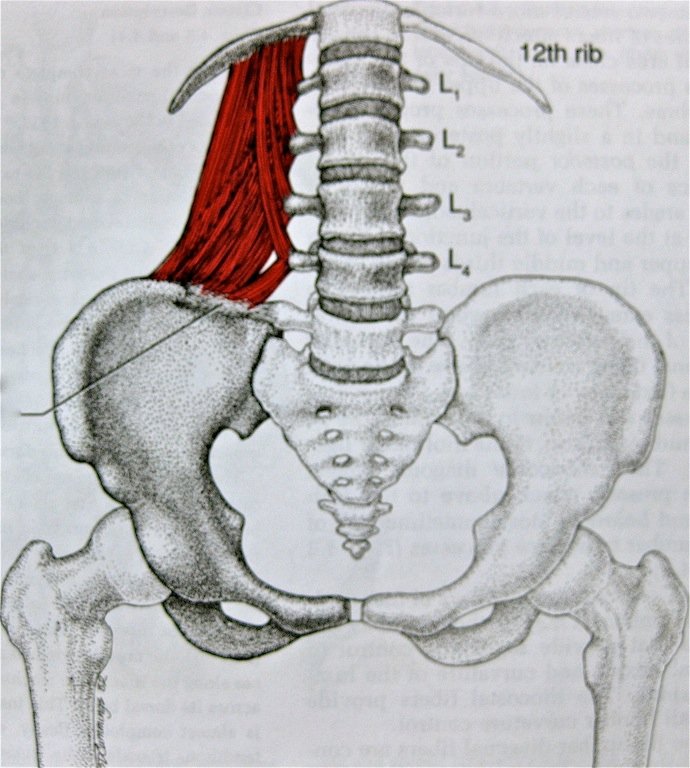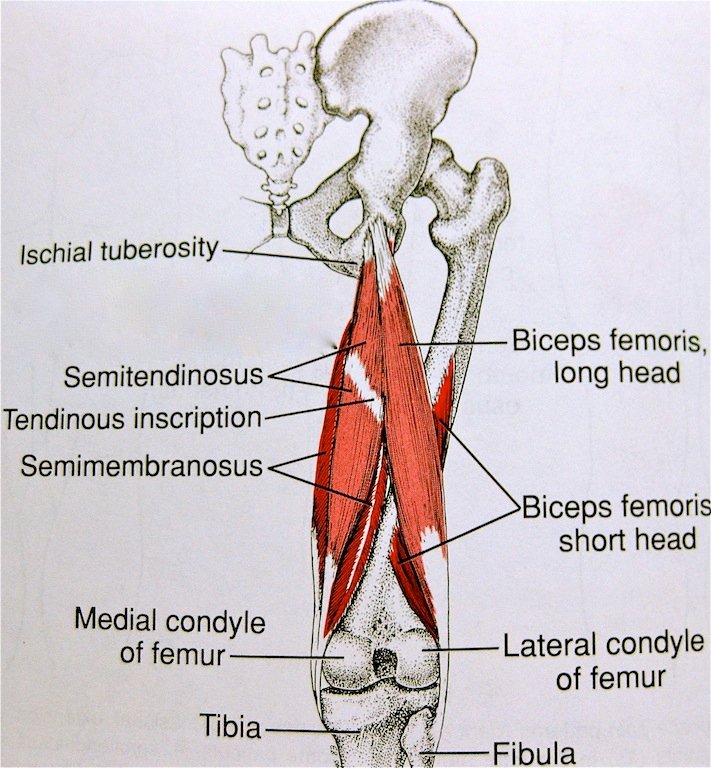
Suffering From Lower Back Pain?
According to the National Institute of Arthritis and Musculoskeletal and Skin Diseases (NIAMS): “In a 3-month period, about one-fourth of U.S. adults experience at least 1 day of back pain. It is one of our society’s most common medical problems”.
This pain can be experienced in many different ways. From a chronic, dull, throbbing ache, to a sharp, “take your breath away” stab in the lower back. Either way, lower back pain can render you incapacitated.


For most folks, the symptoms (pain) is the muscles of the lower back spasming. So, in order to feel better:
- Rest
- Apply heat (heating pad or hot bath)
- Massage Therapy
- Stretch out the lower back
- Wait
And eventually, the lower back muscles will release.
Unfortunately, the underlying cause is still exists! So, it is almost certain that the lower back pain will return. Each time the lower-back has a bout of spasm, a little more damage (possibly permanent) occurs.
What Is The Possible Damage of Spasming Lower Back Muscles?
- When the muscles are tight for an extended period of time, circulation can be interrupted. This can cause muscle tissue to die. When this tissue is cleaned away, it is replaced with scar tissue. Scar tissue is inelastic, further hampering movement.
- Corrupting of the intervertebral discs. The muscles are attached to the vertebrae. When they tighten, the discs in between get squeezed & can suffer damage. Eventually, the discs can herniate & press into the nerves. Ouch!
- Bone spurs can develop on the vertebrae & can eventually press into the nerves. Ouch!
Wouldn’t it be better to deal with the underlying cause as soon as possible?
What if your lower back pain isn’t really about your lower back? What if there’s actually an underlying cause elsewhere in your body & your lower back spasm is simply a consequence? Wouldn’t you like to eliminate the underlying cause so that your lower back pain is banished forever?
The Four Common Underlying Causes of Lower Back Pain
These are four common underlying causes that can lead to lower back pain.
- Tight hip-flexors > Lower Back Pain | The Hip-Flexor Fix
- Tight hamstrings > This article!
- Tight upper back > Lower Back Pain | The Thoracic Fix
- Core weakness > Lower Back Pain | The Core Strength Fix
We’ve chosen these four problems because clinically, it’s what we see the most often. Furthermore, these four simple fixes are what has brought the most pain-free success to our patients.
Tight Hamstrings
Your tight, shortened hamstrings are tugging on the bottom of your pelvis. Your lower back is tugging on the top of your pelvis in retaliation! Now your lower back is tight from all that exertion & it hurts!

You’ll see by the picture that the top portion of the hamstrings attaches to the lower portion of the pelvis. If the hamstrings are tight, then they are also tugging on the pelvis. The lower back musculature will eventually start tugging back in an attempt to keep the pelvis “aligned” so to speak.
Tight hamstrings are common with folks who like to run or who participate in a sport that requires a lot of running.
Hamstrings Stretch
You should feel this stretch on the back of your thigh.
- Straighten one leg
- Reach toward your ankle, allowing your hand to rest comfortably on your leg
- Keep your lower back straight
- It’s easy to gain more movement from rounding out your lower back. Never do this! This alone can cause lower back pain. Instead, bend forward from your hip.
- Keep your knee straight, but soft (do not press the back of your knee down into the carpet)
- Hold for one minute (by the clock) on each side
Warning:
- Keep your lower back straight & untwisted at all times.
- Ensure your weight is placed equally on both sides of your bottom.
Lying Hamstrings Stretch (Alternative)
If you have difficulty keeping your back straight, this might be a safer alternative:
- Lying on your back
- Place your bottom near a corner wall
- Place one leg up the wall, keep your knee straight, but soft (this is the leg you’re stretching)
- Leave your other leg out straight on the floor
- Adjust your positioning in relation to the corner wall & stretch the other leg
- Hold for one minute (by the clock) on each side
This allows you to gain that stretch on your hamstring, but not round out your lower back. This alternative is a must for folks who have a naturally flat lower back (instead of the normal concave curve that we call lordosis).
People With Hypolordosis Are More Susceptible

We use the term, “hypolordosis” to describe the lower back when it is missing the gentle, concave curve.
Hypolordosis is often accompanied by tight, shortened hamstrings, so a person with this posture will always benefit from the lying hamstring stretch.
Another source of lower back pain can be from the muscles around the hip. If you’re interested in more information on this, click here > Hip Pain | The Easy Fix.
Personal Training
is by appointment only. To book, please email:
LeongOrthopaedicHealth@gmail.com
Please Note:
No one body is the same as another – bone structure dimensions differ vastly requiring the muscles, tendons & ligaments to be different lengths & attach at slightly varying angles. To gain the most success from the above exercises, make an appointment with your physiotherapist or massage therapist & ask them to lead you through an inaugural session & make the appropriate modifications unique to you.
– LEONG Orthopaedic Health
If you like this article, please share it!
LEONG Orthopaedic Health Copyright 2015. All rights reserved; no part of this publication may be reproduced or transmitted by any means, electronic, mechanical, photocopying or otherwise, without prior permission.
